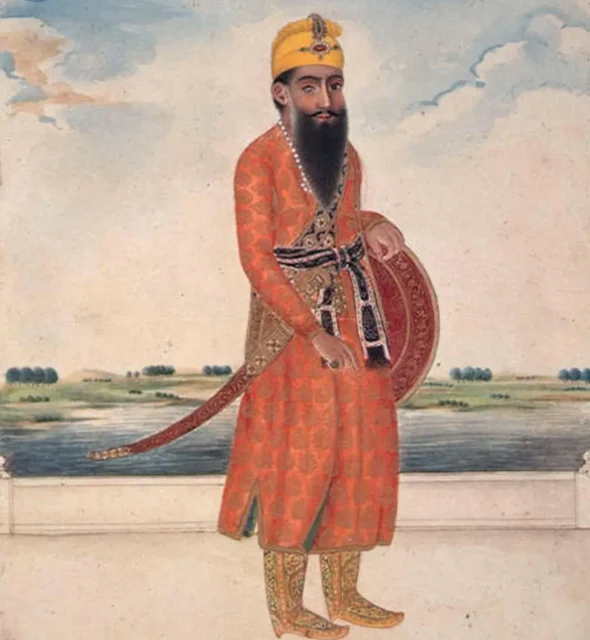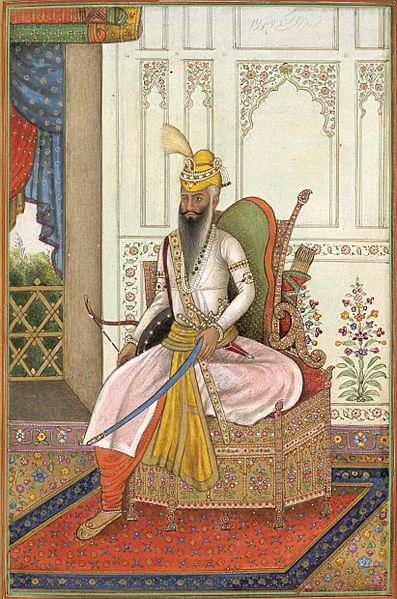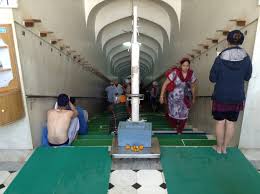CAMPBELL, WILLIAM (d. 1866), a Scotsman, who came to Lahore in September 1828 and was employed in the Sikh cavalry and given command of a regiment of 1200 horse. He soon gained the favour of Maharaja Ranjit Singh, but was dismissed from the service in August 1829 on a charge of misbehaviour towards a woman, and sent across the River Sutlej under an escort. Later, he served the Afghan rulers. He died in Kabul in 1866.

GOBINDJAS, RAI (d. 1846) served, like his father Rai Anand Singh, as a vakilor agent of the Sikh kingdom, first at Ludhiana and then at Delhi. His despatches from Ludhiana contain reports concerning various political matters such as the Indus navigation scheme, the Ropar meeting, Alexander Burncs` mission to Kabul, the Tripartite treaty, Lord Auckland`s visit to Firozpur, and the passage of British troops across the Punjab to Kabul. He was one of Maharaja Ranjit Singh`s most wellinformed counsellors on Anglo Sikh affairs. Gobind Jas died in 1846.
GONDA, BHAI, a devoted Sikh of the time of Guru Har Rai (1630-61). He was sent to Kabul to Dreach Guru Nanak`s word and he esiabhshed there a dharamsal. According to Sarup Das Bhalla. Mnhimd Prakdsh, one day as he sat in contemplation concentrating his mind on the Guru`s feet, he fell into a trance.
- 1
- 2







